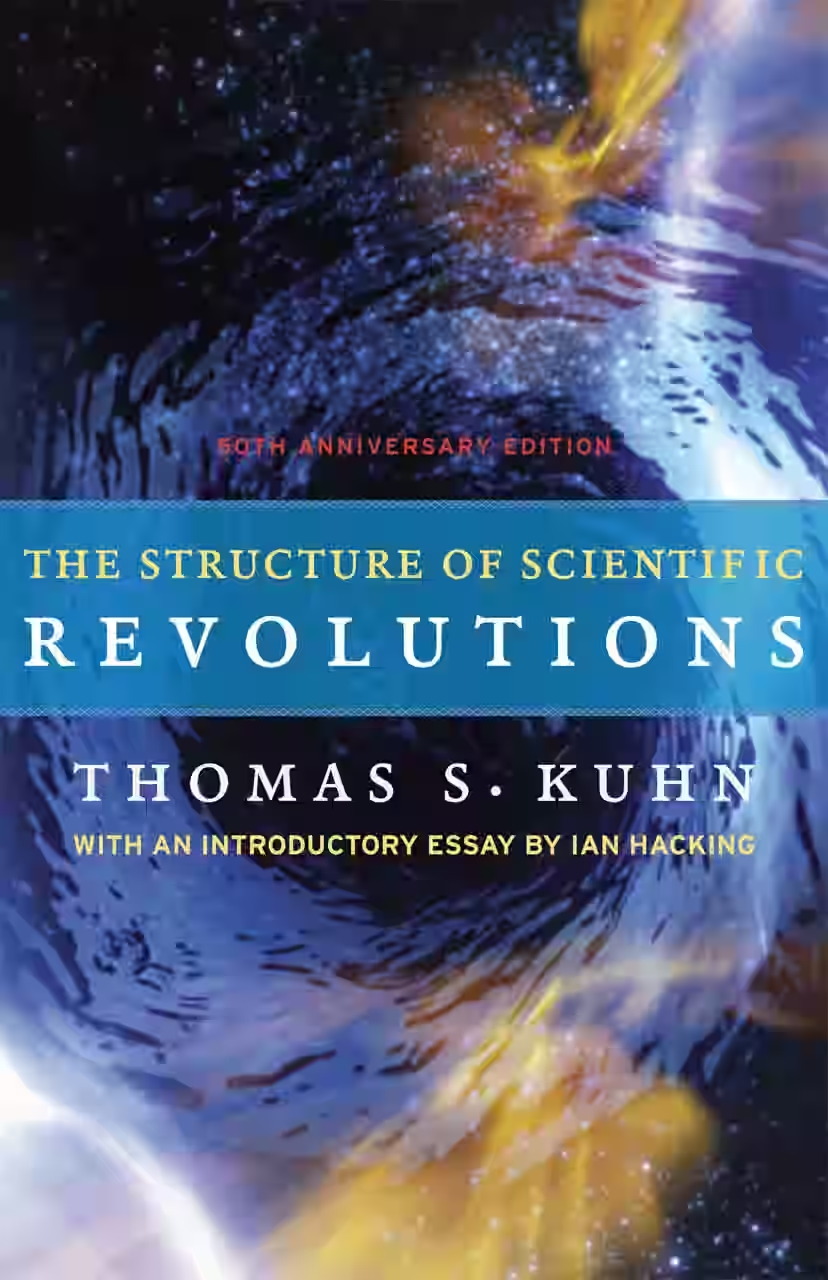Thomas S. Kuhn
Thomas S. Kuhn was a physicist-turned-philosopher whose work transformed the understanding of scientific progress. Best known for The Structure of Scientific Revolutions, he introduced the concept of “paradigm shifts” to describe how scientific breakthroughs disrupt established theories. Kuhn taught at institutions like Harvard, Princeton, and MIT, influencing generations of scholars in philosophy, sociology, and science. His theory challenged the idea of linear progress in science, suggesting instead that revolutions and periods of normal science alternate in shaping knowledge. Kuhn’s legacy endures in academic discourse, where his ideas remain foundational in debates about the evolution of scientific thought.

Kuhn’s seminal work revolutionized how we understand science. He argues that scientific progress doesn’t occur gradually, but through paradigm shifts—periods of radical change in fundamental frameworks. Normal science operates within accepted paradigms until anomalies accumulate, prompting a crisis and eventual revolution. Kuhn uses historical case studies to illustrate this cycle, challenging the belief in linear scientific advancement. First published in 1962, The Structure of Scientific Revolutions has had a lasting impact on the philosophy of science, influencing fields from sociology to history. It remains essential reading for anyone seeking to understand how scientific knowledge evolves.